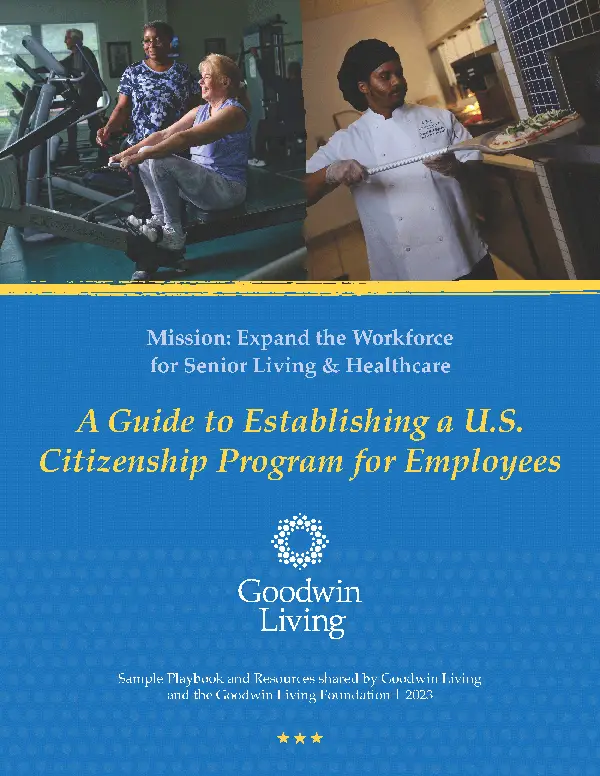
Live Vibrantly - October 25, 2019
Are you looking for new ways to connect with friends or to make new ones through a shared interest? Have you considered broadening your knowledge of wine? No matter how much or how little you already know about vino, meeting with like-minded people to learn new things offers a rewarding path of discovery. And these days, wine seems more approachable than perhaps it was decades ago, with a range of pricing and options for every palette. People share their interest in it easily, and gladly.
If you choose to start your own wine-tasting club rather than join an existing group, the following tips will help you make it happen. It is best to keep your group at a manageable size of about eight to 15 people. As the founder, you might find it helpful to begin by creating guidelines for your wine-tasting club. As a result, you are able to set the tone, ground rules and expectations you want for your group.
The character of the group will depend on whether members want to share spontaneous feedback on wines or if they prefer a more focused approach to wine analysis. It is important for you to set priorities for the club. Will your wine-tasting club be casual or serious? Is its main purpose social or education? When voicing your ideas, be sure to remain open to input from others.
Once you’ve organized and established your group, start gathering the items you’ll need for your meet-ups. You will want a table for displaying the bottles, enough chairs for everyone to sit down and all-purpose wine glasses. Be sure to provide water and cups for your guests as well. Food also helps, and you can add an element to meetings by pairing your wines with foods.
It’s helpful to research your theme in advance of the get-together so you can present it to the group before you start pouring. Some hosts find it useful to print out copies of relevant fact sheets or histories of grape varietals and regions from wine-education websites such as VinePair.
To lend more structure to each gathering, it’s also easy to download online scoring templates from the internet. These sheets range from simple scorecards that allow guests to jot down a subjective likability rating of 1 to 5 points to more ambitious lists that pinpoint characteristics like aroma, balance, color and finish.
It’s important to agree on a budget that suits the whole group. If you’re looking for quality wines at a reasonable price, aim for bottles in the $15 and $30 range. If you have fewer than a dozen members, ask everyone to bring a bottle so there’s a good variety of wines to sample. Leftovers can be repurposed or rehomed. For larger gatherings or for groups who consume less alcohol, ask guests to pair up and bring one bottle for every two people. If it’s easier, have the volunteer host purchase the selections and then split the cost among attendees.
At the end of each gathering, pick the following month’s theme. Examples of broad categories include dry whites, Champagnes, Italian reds or New World wines. The more you learn about wine and each other’s tastes, you can try focusing on a single varietal such as Sauvignon Blanc or a specific wine-producing area like Stags Leap District in Napa Valley. It’s also fascinating to choose a combined region and varietal to compare different producers of, say, Provencal rosé or South African Chenin Blanc.
As your club’s tastes and budgets evolve, your group might want to upgrade its accessories to enhance the experience. Consider exploring glassware for specific types of wine or purchasing aerators that help open up the nose and flavor more quickly.
Make sure you provide food to cleanse your palette and soak up some of the wine. If you’re having trouble with wine and food pairings, consult Food & Wine’s website. If you decide to combine tasting with dinner, keep it simple by cooking a big pot of pasta or picking up ready-made sandwiches. If you’d prefer to keep it more casual, then appetizers like cheese and crackers are classic accompaniments. Potlucks are another option; just make sure people bring things that are different enough so you don’t end up with eight salads.
Remember that wine-tasting is different from wine drinking, so don’t be too generous with your pours. You’ll want each guest to sample every bottle, but not overdo it. Standard wine bottles contain just over 25 ounces. If you have a dozen guests, that’s only around two ounces each, which is a typical tasting-room-size pour. Keep a spittoon on hand because even small portions add up quickly and make it more difficult to judge your consumption level. Wine is more accessible than ever and the easy availability of online information allows people to advance their knowledge quickly. Your wine-tasting club is a great way to explore new experiences and to meet new people, and healthy relationships lead to a better quality of life.
